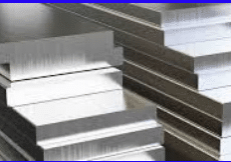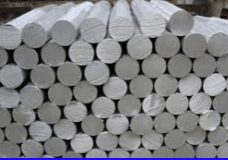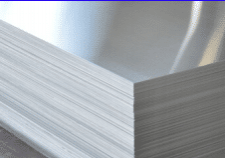Leading Aluminium Suppliers
Aluminium 6082, 5083, 6063, 2014 & 2011



The One Stop Metal and Plastic Shop
Order aluminium from Jade Metals today for premium, industry-standard materials. Our aluminium products are lightweight, strong, and highly resistant to corrosion, making them ideal for various industries, including aerospace, automotive, and construction. Whether you need aluminium sheets, bars, or custom solutions, we provide the quality and reliability you can count on. With our commitment to fast service and excellent customer care, Jade Metals is your trusted partner for all your aluminium needs. To place your order today, give us a call and experience the superior performance of our aluminium products.
Aluminium 6082
A medium strength alloy with excellent corrosion resistance is grade 6082 aluminium. The mechanical and corrosion resistance qualities of 6082 are improved by the additions of silicon, magnesium, and manganese while still maintaining good machinability and weldability. Grade 6082 aluminium is recognised as a material for structural applications since it has the maximum strength of the 6000 series.
Aluminium 5083
Grade 5083 aluminium is an alloy that cannot be heated, and the additions of magnesium, manganese, and chromium help the metal operate so well in harsh conditions.
High attack resistance is provided by Grade 5083 in both chemically harsh industrial settings and seawater.
Alloy 5083, which is commonly used in plate form, offers the maximum strength among the non-heat treatable alloys and maintains good strength levels after welding.
Aluminium 6063
Grade 6063 aluminium is an alloy containing silicon and magnesium additives for medium strength. It is frequently used as an architectural alloy since it is easily formed during manufacturing and lends itself to complex extrusions and sections. It can be heat treated, has good mechanical properties, a high level of corrosion resistance, and is easily weldable. The majority of the time, it is made with a good surface quality that supports outstanding anodizing properties.
Aluminium 2014
A 4-5% copper addition makes Grade 2014A aluminium a heat treatable, high strength alloy. It is made in the form of bars and profiles and delivered completely heat-treated for the best mechanical qualities. The 2014A offers a high strength vs. density and is frequently used in the aerospace and defence industries for the production of aeroplane structures and truck frames. It is typically stocked in the T6 condition (stress relieved and artificially aged).
Aluminium 2011
Because Alloy 2011 is a free-machining alloy, or "FMA," it has excellent machinability and is suitable for use on automatic lathes. Since the alloy has a low corrosion resistance, further surface protection will be provided by anodizing. 2011 aluminium is a very versatile aluminium, despite having a very poor weldability. The material has exceptional machinability and may be utilised to create extremely intricate and complex pieces.
Aluminium is known for its lightweight, high strength-to-weight ratio, excellent corrosion resistance, good thermal and electrical conductivity, and ease of fabrication. It is also non-magnetic and recyclable.
Aluminium naturally forms a thin oxide layer on its surface when exposed to air, which protects it from further oxidation and corrosion. This makes aluminium highly resistant to corrosion in most environments.
Aluminium is lighter than steel, with about one-third the density. While aluminium has lower tensile strength than steel, its high strength-to-weight ratio often makes it a better choice for weight-sensitive applications. Aluminium also has better corrosion resistance and thermal conductivity compared to steel.
Aluminium Suppliers Oldham | Nottingham | Prestwich | Altrincham | Leamington Spa | Dudley | Birmingham | Manchester |
